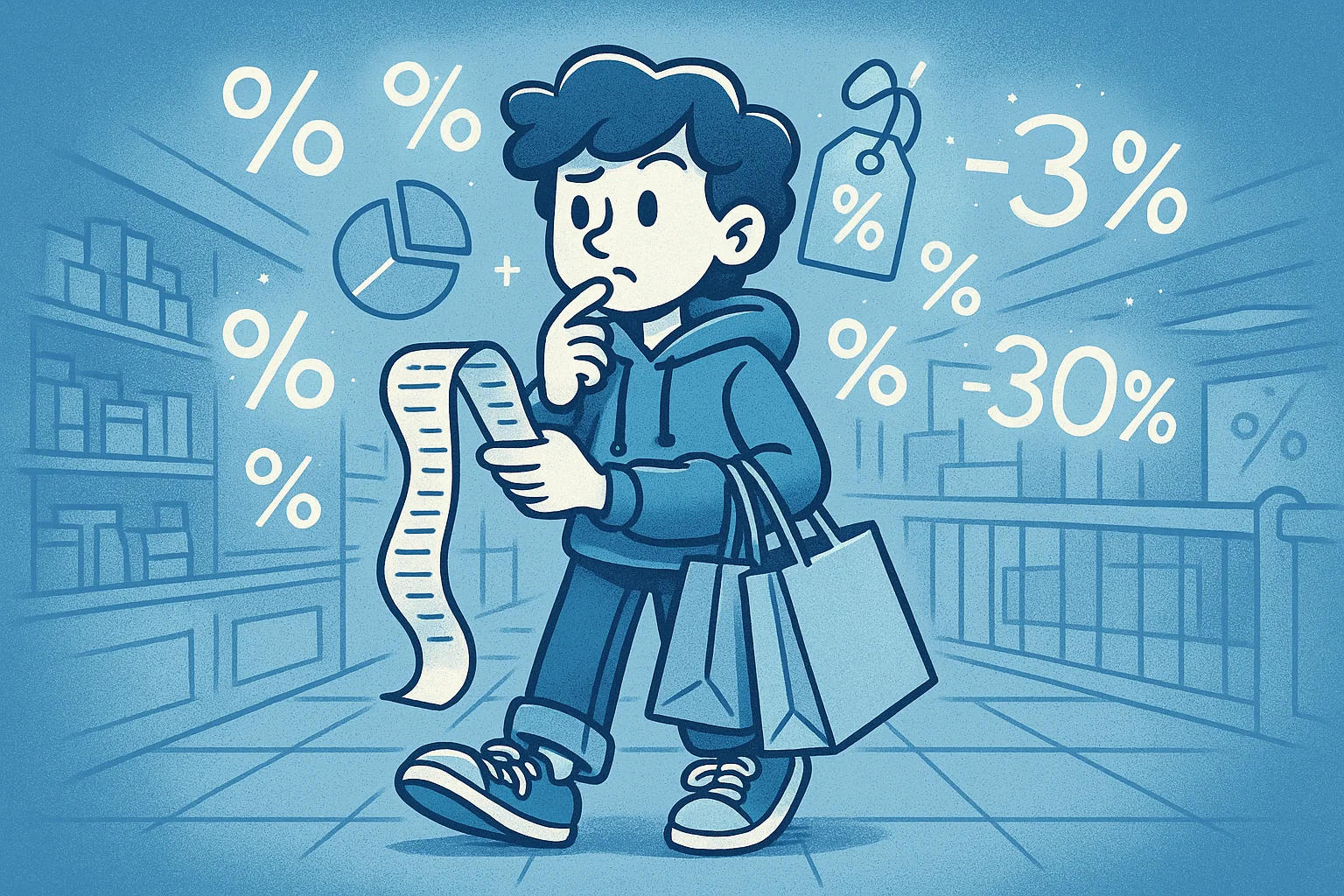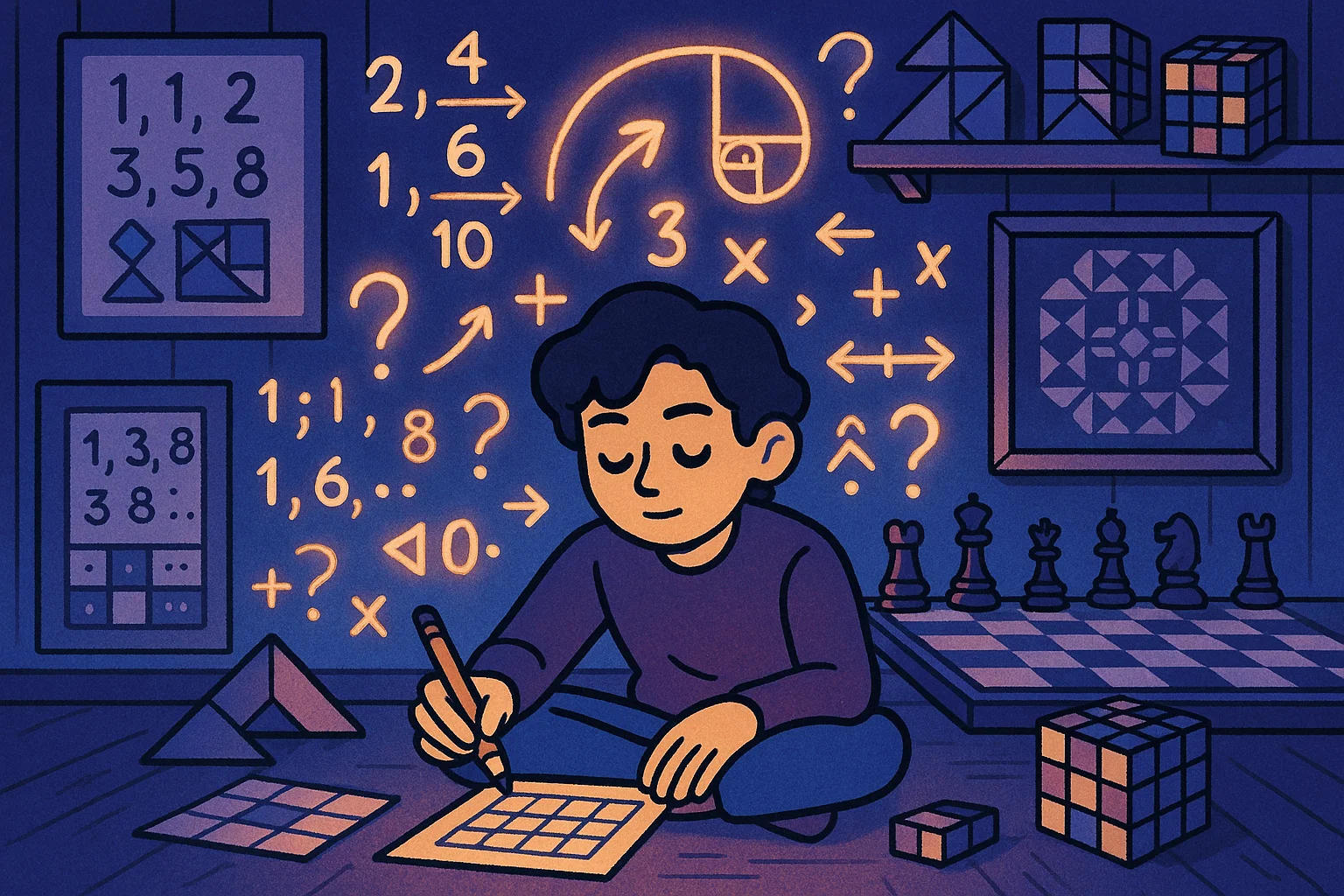Math isn’t just something you learn in school and forget after finals. It’s everywhere—quietly shaping the way we cook, build, travel, shop, and even make decisions. From splitting a dinner bill to measuring your living room for new furniture, math is the logic behind life’s everyday puzzles. It sharpens our thinking, reveals patterns in the world around us, and helps us solve problems with confidence.
Yet for many people, math can feel intimidating—like a code they were never taught to crack. At AllTheTools.com, we believe math doesn’t need to be complicated. In fact, it can be empowering, creative, and even… fun.
That’s why we’ve built a collection of math tools designed not just to give you the right answer, but to help you understand why it’s right. Whether you’re a student working on algebra, a parent helping with homework, a teacher planning lessons, or just someone who wants to figure out the area of a garden bed—you’ll find something useful here.
Math isn’t just about numbers. It’s about clarity. It’s about curiosity. And when you look closely enough, it’s one of the most practical and beautiful languages we have.
Math in the Real World
You might not notice it, but math shows up in your life more often than you think. It’s not just about solving equations in a classroom—it’s how we navigate everyday choices without even realizing it.
Take geometry, for example. Whether you’re arranging furniture in a room, hanging a picture frame, or figuring out how many tiles you need for a backsplash, you’re working with shapes, angles, and space. Planning to paint a wall? You’ll need surface area to know how much paint to buy—our [Area Calculator] can help with that.
In the kitchen, volume matters more than you'd expect. From pouring the right amount of milk into a recipe to picking the right container for leftovers, you’re constantly measuring and estimating. Curious how much space something takes up? Try our [Volume Calculator].
And don’t forget percentages—they’re everywhere. Figuring out discounts during a sale, calculating tips at a restaurant, or understanding your tax? That’s all math, too. The [Percentage Calculator] makes it simple.
These aren’t abstract concepts—they’re the logic behind the decisions you make every day. And the more you see it, the more empowered you feel using it.

Thinking in Patterns: Sequences, Logic, and Strategy
Not all math is about crunching numbers. Some of the most fascinating parts of it come from simply noticing patterns—how things repeat, grow, or change in ways that feel almost magical. That’s where sequences and logic come in.
Take number sequences, for example. The Fibonacci sequence, where each number is the sum of the two before it, shows up in sunflower spirals, pinecones, and seashells. Arithmetic sequences (like 2, 4, 6, 8…) and geometric sequences (2, 4, 8, 16…) help us understand everything from simple savings plans to how technology scales. If you’re curious, our [Number Sequence Calculator] can help you explore and build your own patterns.
Then there’s logic—the kind you use in puzzles, strategy games, and even planning your week. Math helps train your brain to think ahead, consider variables, and find the smartest path through any problem.
Math doesn’t always have to be serious or practical. Sometimes, it’s just fun. Try playing with sequences, spotting patterns in nature, or solving a brain teaser. When you treat math like a playground instead of a test, you’ll start seeing beauty in the order behind the chaos.

Algebra in Action
At first glance, algebra can feel abstract—letters mixed with numbers, solving for mysterious x’s and y’s. But in real life, algebra is often what helps you make sense of things you don’t yet know.
Say you’re doubling a recipe but don’t have exact measurements—figuring out that 1.5 times the amount of flour means 1½ cups instead of 1? That’s algebra. Splitting costs fairly with friends, budgeting monthly savings to reach a goal, or calculating travel time based on distance and speed—all involve solving for an unknown.
One of the most powerful tools in algebra is the quadratic equation. You might remember it from school, but it actually shows up in surprising places—like predicting how far a soccer ball will fly, or finding the best price point to maximize profit.
Here’s the classic formula:
x = (-b ± √(b² - 4ac)) / 2a
Each part represents a constant or variable in a real-world problem. The Quadratic Formula Calculator makes it easier to plug in numbers and see exactly how it works—no graphing required.
Once you realize algebra is just a method for finding missing pieces, it becomes less about memorization and more about discovery.
💡 Did You Know?: The word “algebra” comes from the Arabic al-jabr, meaning “reunion of broken parts.”
Math in Money, Time, and Decisions
When it comes to money and time, math isn’t just useful—it’s essential. From creating a budget to making long-term financial decisions, it gives us a way to step back, look at the numbers, and make smarter choices.
Let’s say you’re trying to save money. If you put away 20aweek,howmuchwillthatbeinayear?That′s52weeks×20 = $1,040—a nice little emergency fund or vacation budget. Or maybe you’re wondering how long it will take your investment to double. Using the Rule of 72, you can divide 72 by your annual interest rate (say, 6%), and find that it’ll take about 12 years. That’s math helping you plan ahead, not just crunch numbers.
The same goes for comparing loan options, estimating how much interest you’ll pay, or figuring out how much time a task will take. These aren’t just calculations—they’re tools for making better decisions and asking better questions.
While you’ll find tools like the Percentage Calculator helpful here, we’re also building more finance-friendly tools to support long-term planning—like loan estimators, compound interest tools, and simple savings planners.
Because when you understand the math behind your money, you take back control.

Math Is for Everyone
Math isn’t just for students or scientists—it’s for anyone curious about how things work. It helps us think clearer, plan smarter, and solve real problems every day. Whether you're exploring a new topic or just need a quick calculation, our tools are here to help you dive in with confidence. Math is more approachable than you think.
